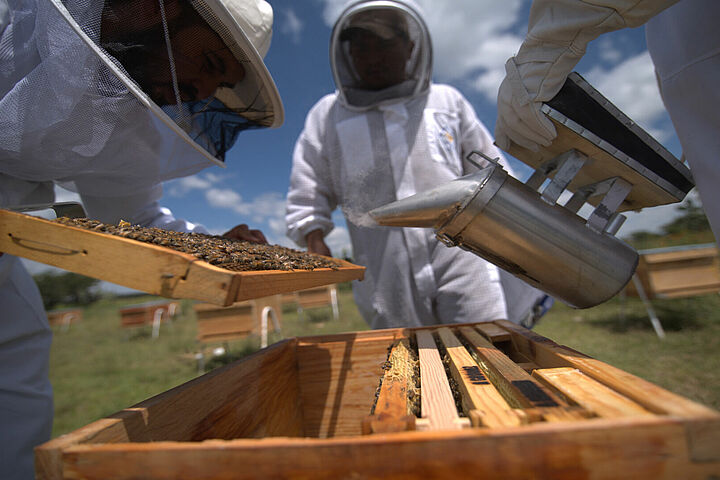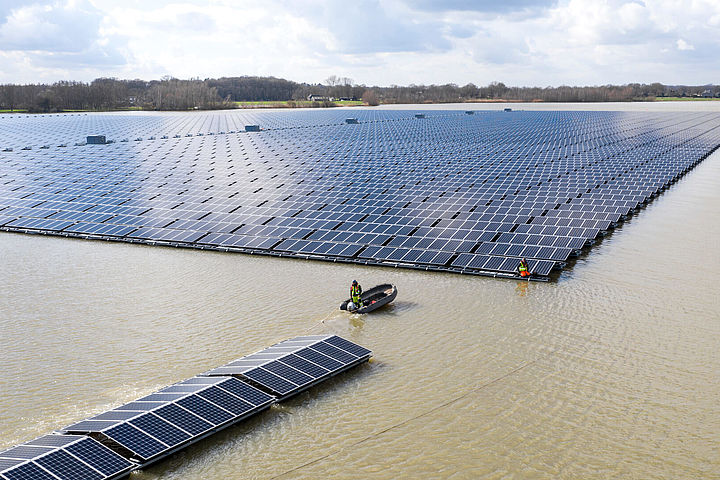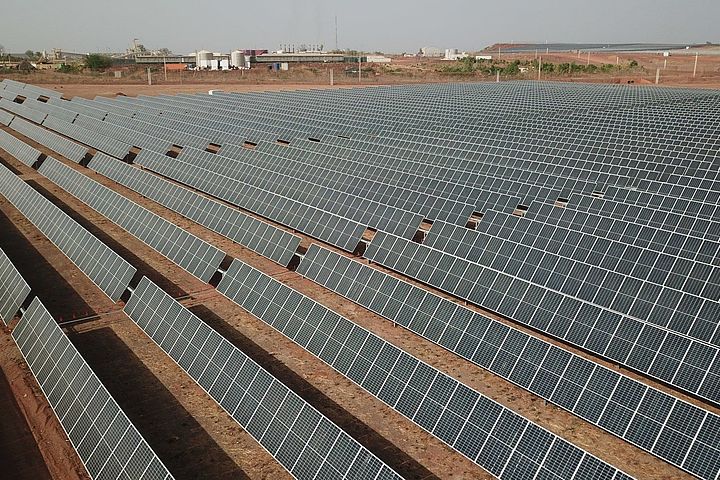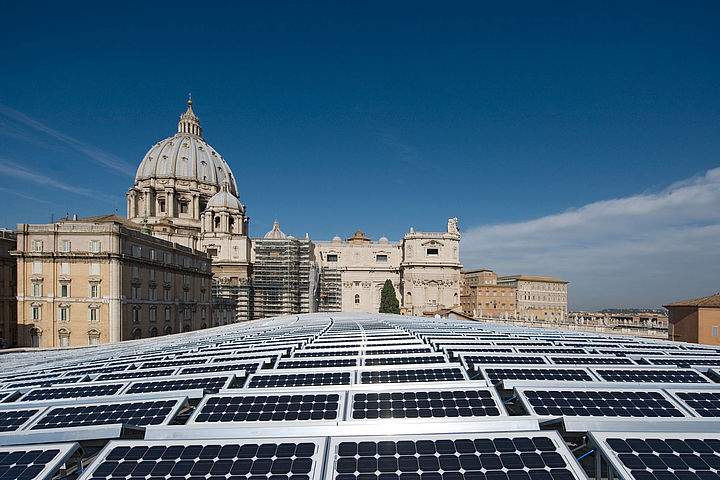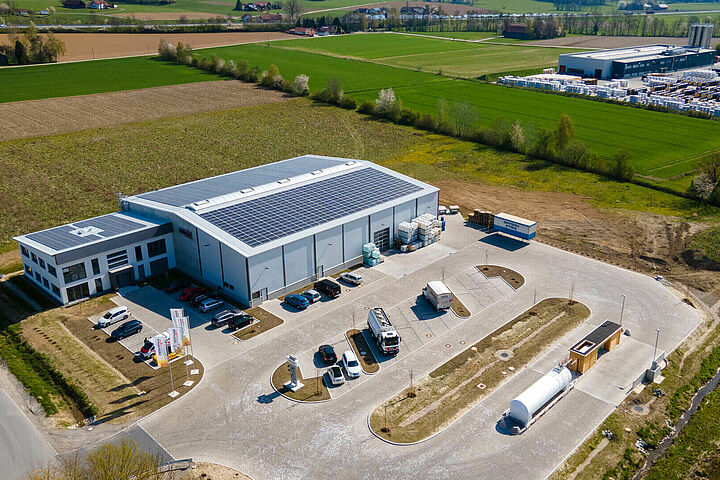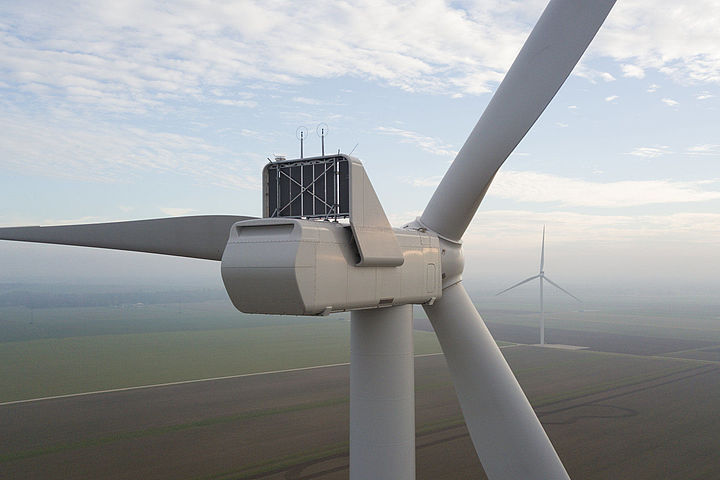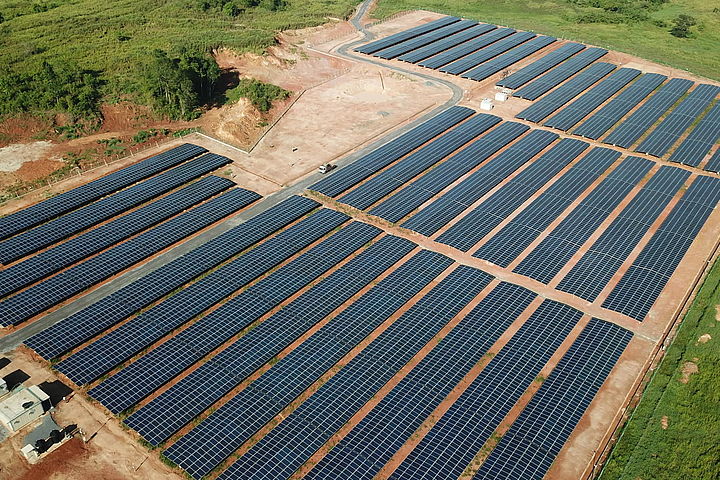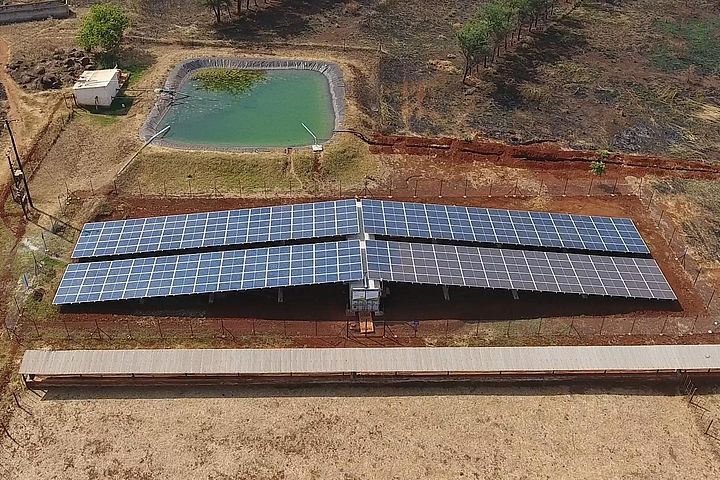Harvesting the sun for power and produce
01—
Setting the scene
As our need for more sources of clean and reliable renewable energy continues to become more urgent, a new dilemma has begun to emerge: how can we find new sites for solar plants without sacrificing important agricultural land? Can the two co-exist?
In Germany, close to Lake Constance, we’re working on an important and extensive research project funded by the Government to understand just how a balance between energy and agriculture can be struck.
We’ve installed and are testing the largest Agri-PV (APV) system in Germany at a farm in Heggelbach - an area which aims to increase its share of renewable energy to 26 percent by 2022.
This will not be achievable with rooftop installations alone so, with strong competition for agricultural land, we’re exploring new opportunities and are r.e.thinking what is possible.
For this project, different institutions and companies put their efforts together. The Fraunhofer Institute for Solar Energy Systems ISE has done research on the combination of food production and solar plants for the last 30 years.
Together with the University of Hohenheim, the Karlsruher Institute for Technology, the ministry for education and research, the energy supplier EWS Schönau, the organic farming community of Heggelbach, the Regionalverband Bodensee-Oberschwaben and us, BayWa r.e., of course, this project was brought to life.
02—
Meeting the Challenges
One third of a 2.4 ha field is covered with Agri-PV. The rest is being used as a reference area to provide valuable comparative data on agricultural yield. By comparing the two, we can understand the system’s feasibility for the future and whether offsetting the reduction in energy costs to the farmer makes APV a viable option.
The two greatest challenges were to address the shade the solar plant produces and to establish a functioning business case for the Agri-PV concept.
Still, farmers can cultivate the land underneath it, thereby growing crops, generating enough energy to run their own farms, and additional households at the same time. An interesting concept to support high energy production are the bifacial solar panels that guarantee electricity production from both sides.
In twelve months the array produced 1266 kWh/kWp electricity – one third more than the average value in Germany which lies at 950 kWh/kWp. Around 40 percent of the energy made was used in self-consumption. This should rise to about 70 percent with a new battery storage system installed in July 2018.
03—
The results
The results from the first year are a complete success, demonstrating both uses are compatible. Dual use of land is resource efficient, reduces competition for land, and opens-up a new source of income for farmers.
Our APV system has proven itself an effective solution, increasing land use efficiency by 60 percent. Although still very much in the experimental phase, with high yields it already indicates the potential for wider PV expansion in Germany, and significant growth in renewable energy.
A video about this project can be found on YouTube (in German)(Source: Fraunhofer ISE)
From the perspective of agricultural science, APV is a promising solution for increasing land use efficiency and the share of renewable energy provided by the agricultural sector.

